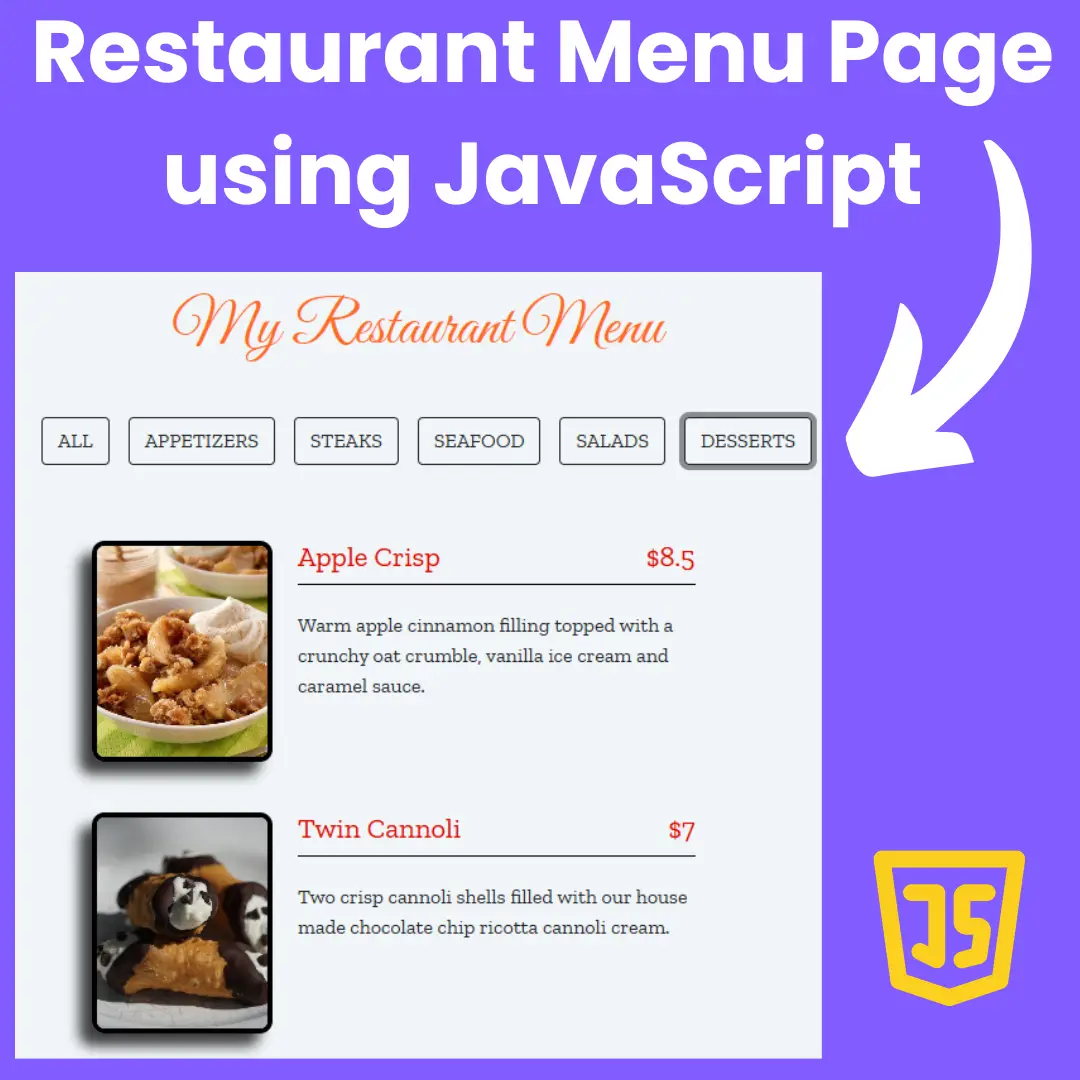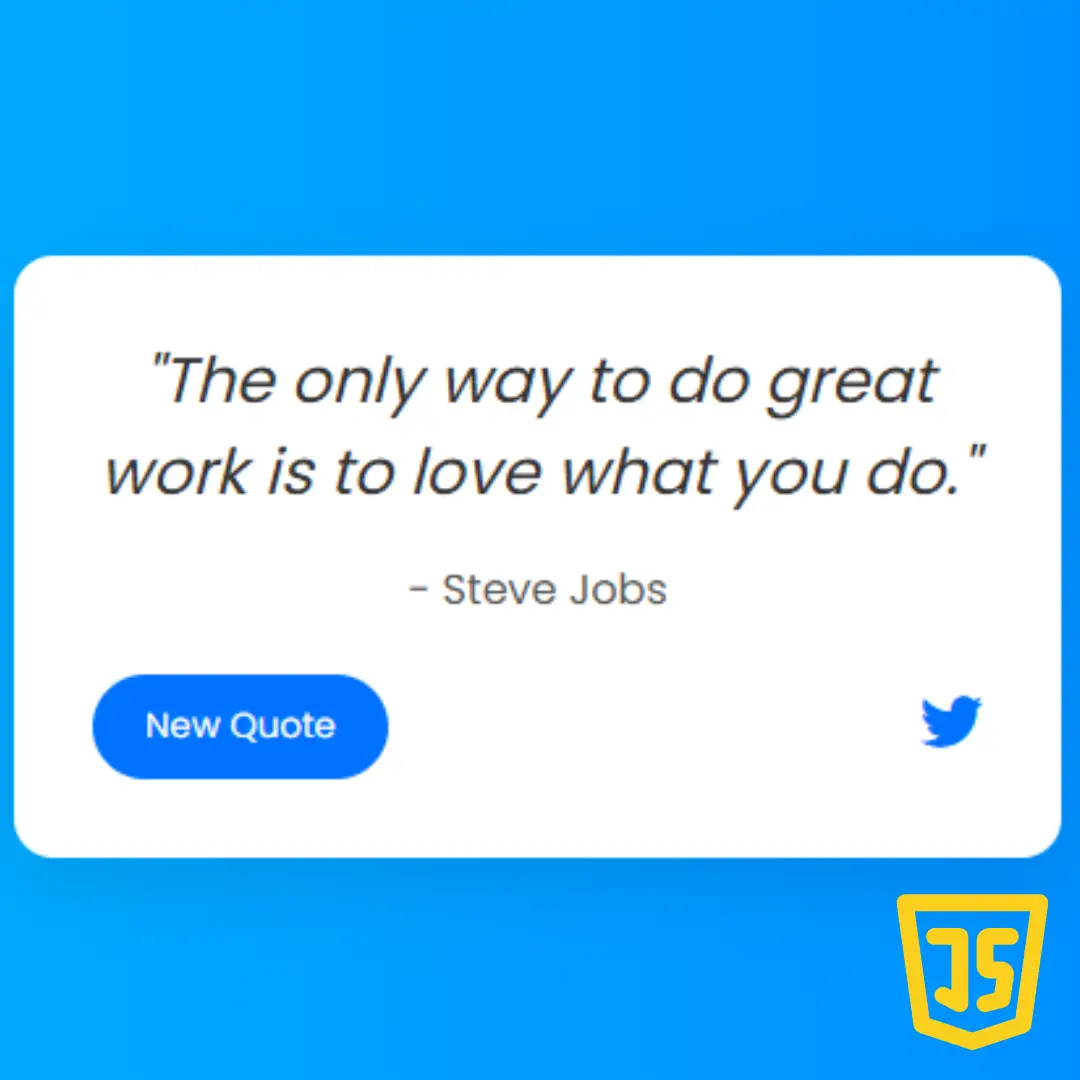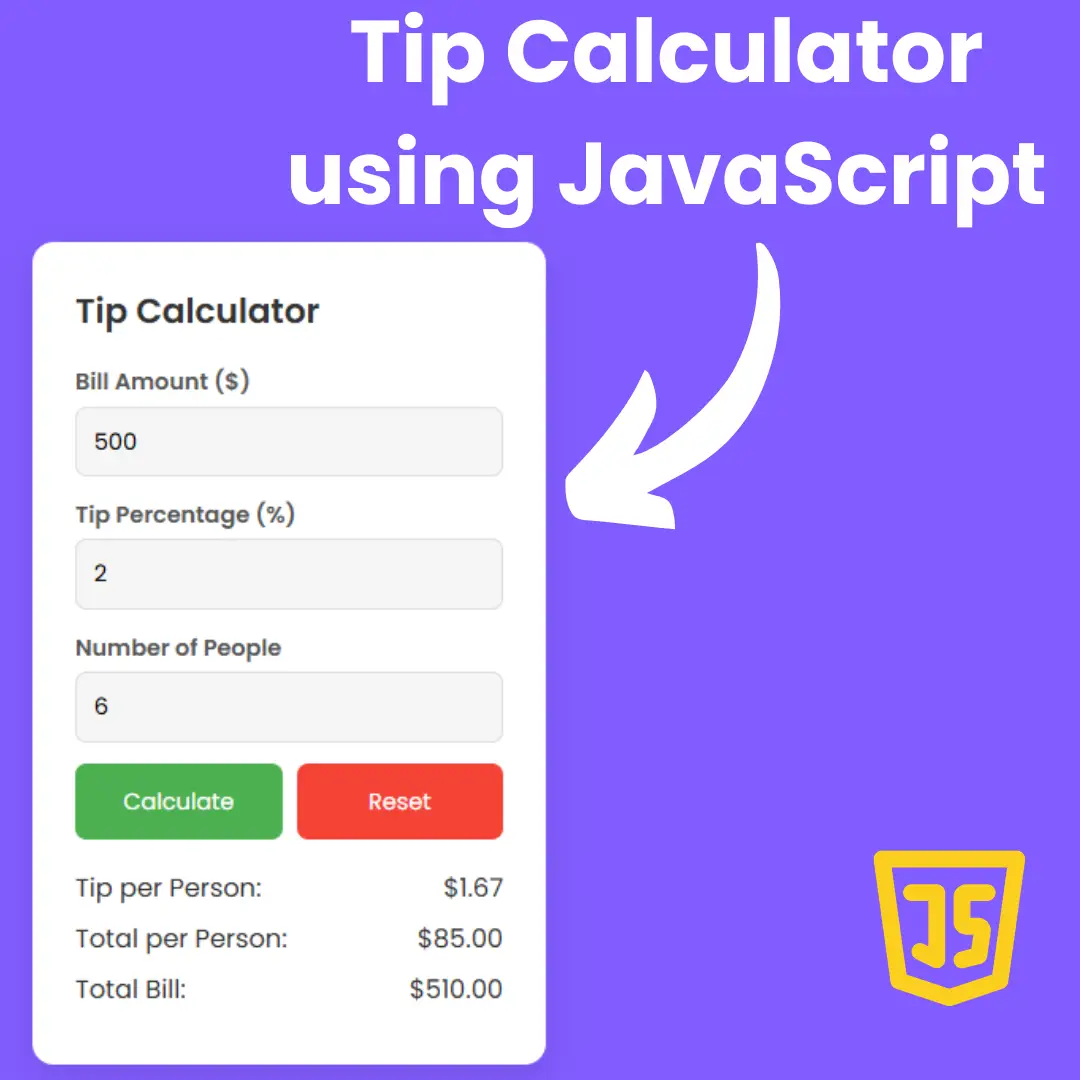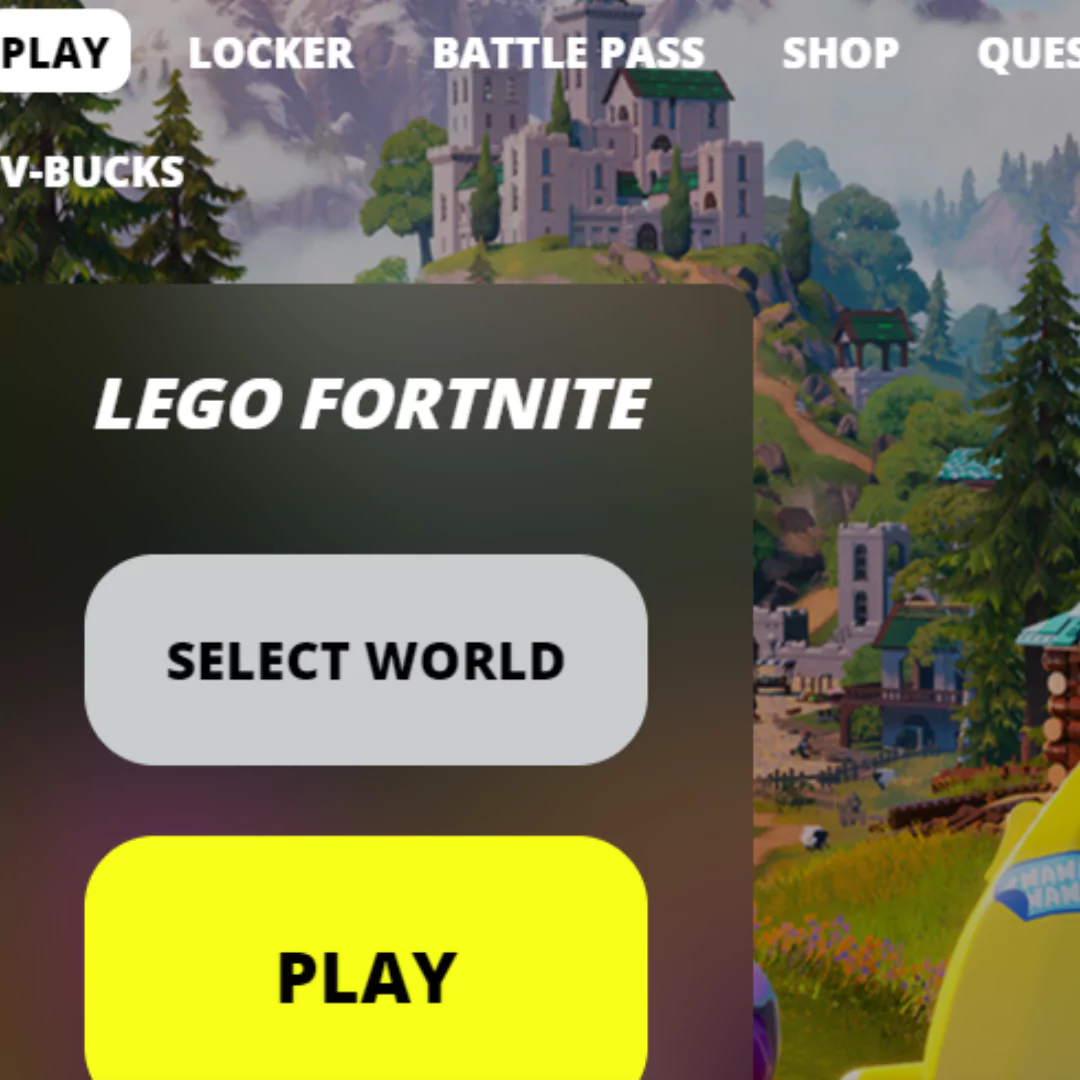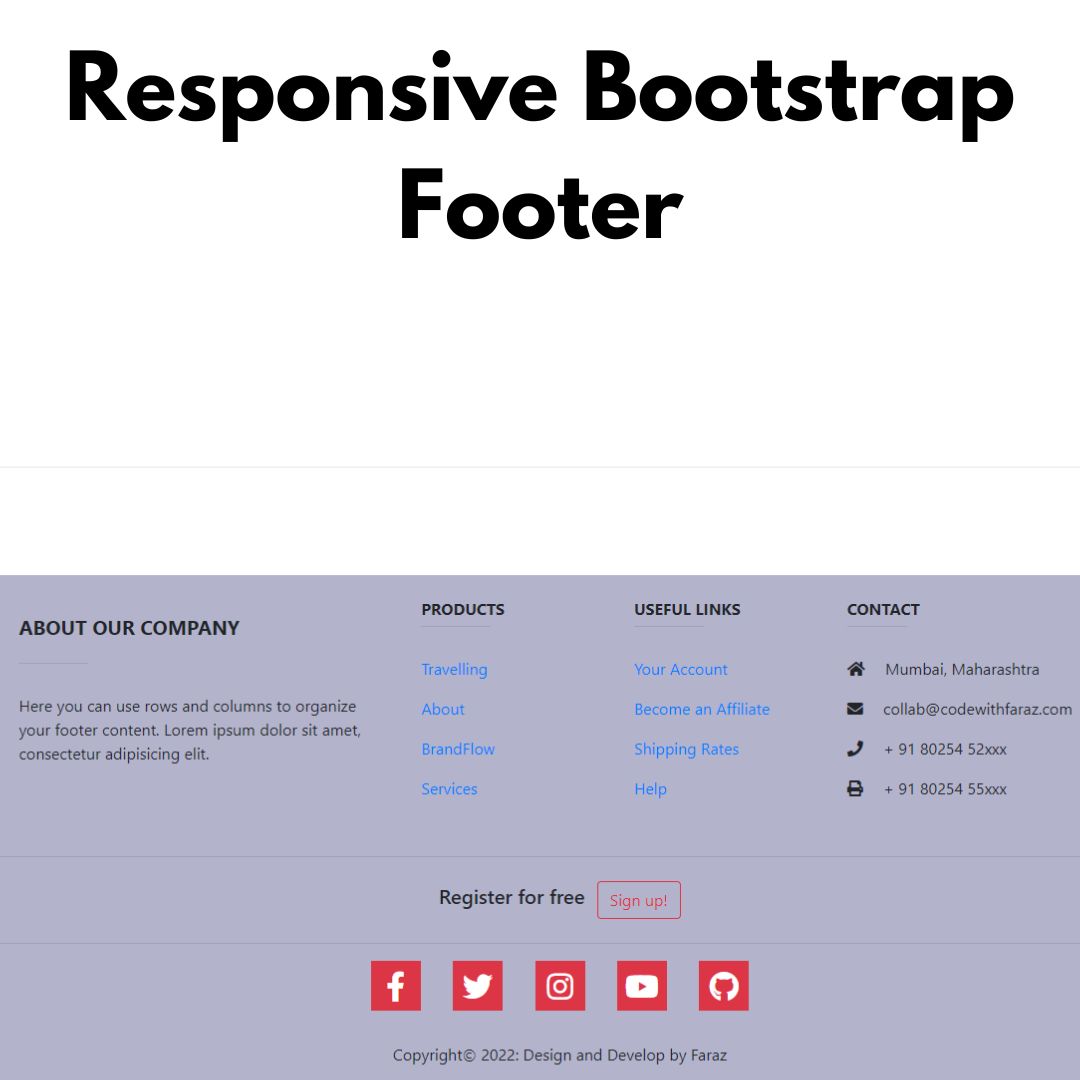Elevate your website's user experience with our ultimate collection of customizable CSS loaders and spinners. Find the best resources and step-by-step guide to implement them on your website today.

Table of Contents
CSS loaders and spinners are essential aspects of modern website design. They are used to enhance the user experience by providing visual feedback during loading times. Loaders and spinners are animated elements that display on a webpage while content is being loaded. They come in different styles, shapes, and sizes, and can be customized to match the theme and branding of a website.
Using CSS loaders and spinners on your website offers numerous benefits. Firstly, they improve website performance by reducing bounce rates, as users are less likely to leave a website that appears to be loading content. Secondly, they enhance the user experience by providing visual feedback and a sense of progress during loading times. Lastly, they increase engagement and retention by creating a visually appealing website that captures the attention of visitors.
In this blog post, we will provide a comprehensive guide to CSS loaders and spinners for websites. We will cover the benefits of using CSS loaders and spinners. Additionally, we will provide a collection of loaders and spinners that you can use on your website, along with code snippets and examples. By the end of this post, you will have a clear understanding of how to use CSS loaders and spinners to enhance the user experience of your website.
Let's start making an amazing collection of CSS loaders/spinners using HTML, and CSS step by step.
Join My Telegram Channel to Download the Projects Source Code: Click Here
Prerequisites:
Before starting this tutorial, you should have a basic understanding of HTML, and CSS. Additionally, you will need a code editor such as Visual Studio Code or Sublime Text to write and save your code.
Source Code
Step 1 (HTML Code):
To get started, we will first need to create a basic HTML file. In this file, we will include the main structure for our loaders.
After creating the files just paste the following codes into your file. Make sure to save your HTML document with a .html extension, so that it can be properly viewed in a web browser.
The first line of the code <!DOCTYPE html> declares that this is an HTML5 document. The <html> tag indicates the start of the HTML document, and the lang attribute specifies the language of the document as "en" for English.
The <head> section contains information about the document, including the title of the webpage, which is "Collection of CSS Spinners and Loaders", and metadata such as the character encoding and viewport settings. The meta tags declare the character encoding as UTF-8 and specify that the width of the viewport should be equal to the device width.
The <link> tag is used to link to external CSS stylesheets. The first <link> tag links to an external stylesheet located at https://cdn.rawgit.com/jlong/css-spinners/master/css/spinners.css, which contains the CSS code for the spinners. The second <link> tag links to an external stylesheet named "styles.css", which likely contains additional custom styles for the webpage.
The <body> section contains the content of the webpage, which includes a heading with the text "CSS Spinners" and a brief description of the spinners. The spinners are displayed in a grid layout using a series of <div> elements with the class "cell". Each "cell" contains a spinner with a unique class name such as "spinner-loader", "throbber-loader", and so on. These class names are defined in the external stylesheet located at https://cdn.rawgit.com/jlong/css-spinners/master/css/spinners.css.
Finally, the closing </html> tag indicates the end of the HTML document.
This is the basic structure of our spinners using HTML, and now we can move on to styling it using CSS.
Step 2 (CSS Code):
Once the basic HTML structure of the loaders is in place, the next step is to add styling to the loaders using CSS.
Next, we will create our CSS file. In this file, we will use some basic CSS rules to create our spin effect.
The body element is styled with a background color, font family, font weight, and font size. The margin and padding are set to 0 and 20 pixels respectively.
The h1 element is styled with a particular shade of purple color, large font size, bold font weight, and negative letter spacing. The margin is set to 20 pixels.
The p element is styled with a margin of 20 pixels.
The a element is styled with a particular shade of purple color.
The .grid class is styled with an overflow of hidden.
The .cell class is styled with a float to the left, a width of 25% of its container, box-sizing set to border-box, padding of 20 pixels, and a display property set to the table.
The .card class is styled with a white background color, a 1-pixel solid border with a particular shade of grey color, a border radius of 15 pixels, and a display property set to table-cell. It also has a text-align and vertical-align property set to center the content inside, and a fixed height of 200 pixels.
This will give our loaders/spinners an upgraded presentation. Create a CSS file with the name of styles.css and paste the given codes into your CSS file. Remember that you must create a file with the .css extension.
Credit: John W. Long
body {
background: #f3f6f9;
font-family: sans-serif;
font-weight: 100;
font-size: 14px;
margin: 0;
padding: 20px;
}
h1 {
color: #9398c9;
font-size: 48px;
font-family: sans-serif;
font-weight: 900;
letter-spacing: -1px;
margin: 20px;
}
p { margin: 20px; }
a {
color: #9398c9;
}
.grid {
overflow: hidden;
}
.cell {
float: left;
width: 25%;
box-sizing: border-box;
padding: 20px;
display: table;
}
.card {
background: white;
border: 1px solid #c3c6cf;
border-radius: 15px;
display: table-cell;
text-align: center;
vertical-align: middle;
height: 200px;
} Final Output:

Conclusion:
In conclusion, CSS loaders/spinners are a powerful tool in website design that can improve website performance, enhance the user experience, and increase engagement and retention. By implementing loaders and spinners on your website, you can provide visual feedback and a sense of progress during loading times, ultimately improving the overall user experience.
To implement CSS loaders/spinners, it is essential to choose an appropriate loader or spinner that matches the theme and purpose of your website. You can then add the loader or spinner to your HTML code and style it with CSS to match your website design. Additionally, using a CSS animation library can provide further customization options and simplify the implementation process.
In this post, we have provided a comprehensive guide to CSS loaders/spinners, showcasing a collection of loaders and spinners that you can use on your website. We have also provided code snippets and examples to make the implementation process easier.
Remember, when using CSS loaders and spinners, it is important to consider website performance and loading time. Too many or overly complex loaders and spinners can negatively impact website performance and lead to increased bounce rates. Therefore, it is essential to strike a balance between aesthetics and website performance.
In conclusion, by using CSS loaders and spinners on your website, you can enhance the user experience and create a visually appealing website that captures the attention of visitors. So why not try implementing CSS loaders and spinners on your website today and see the positive impact it can have on your website design?
That’s a wrap!
I hope you enjoyed this post. Now, with these examples, you can create your own amazing page.
Did you like it? Let me know in the comments below 🔥 and you can support me by buying me a coffee
And don’t forget to sign up to our email newsletter so you can get useful content like this sent right to your inbox!
Thanks!
Faraz 😊




